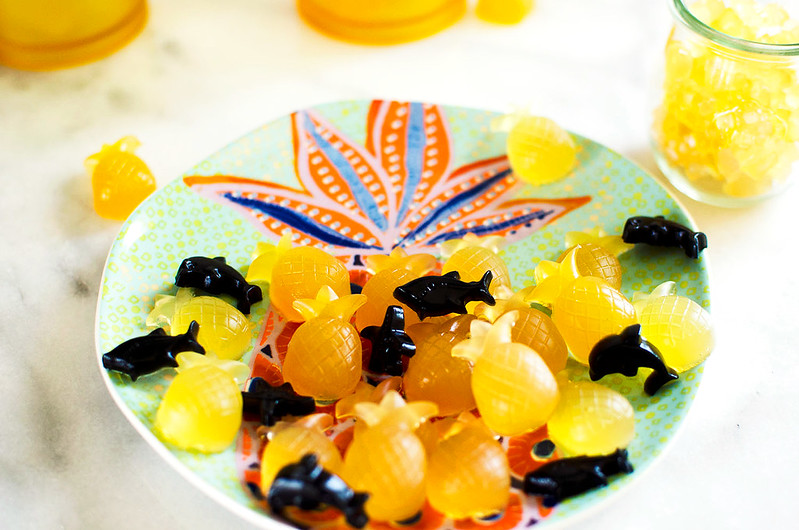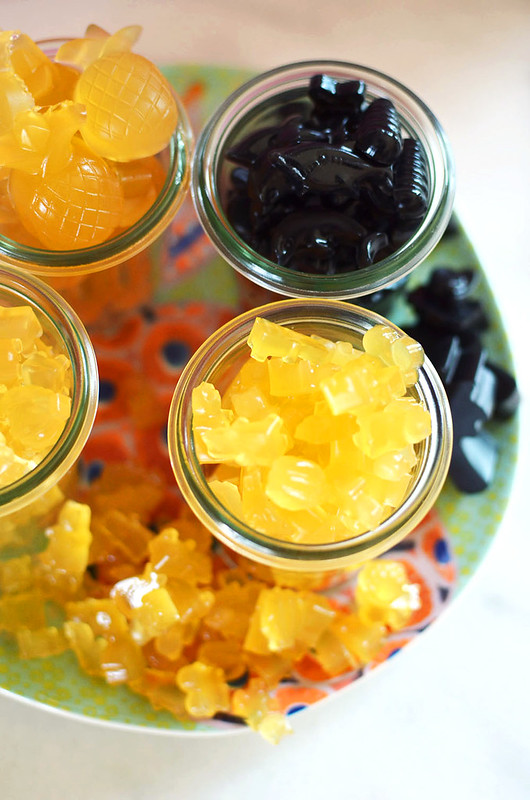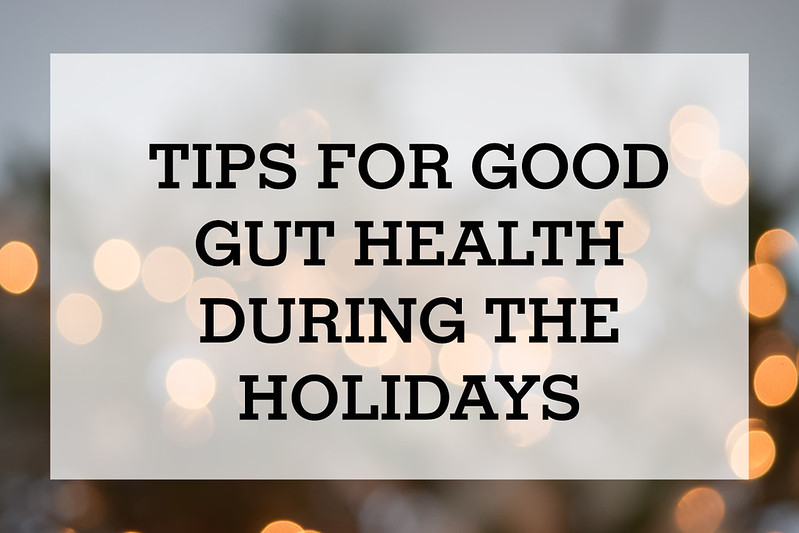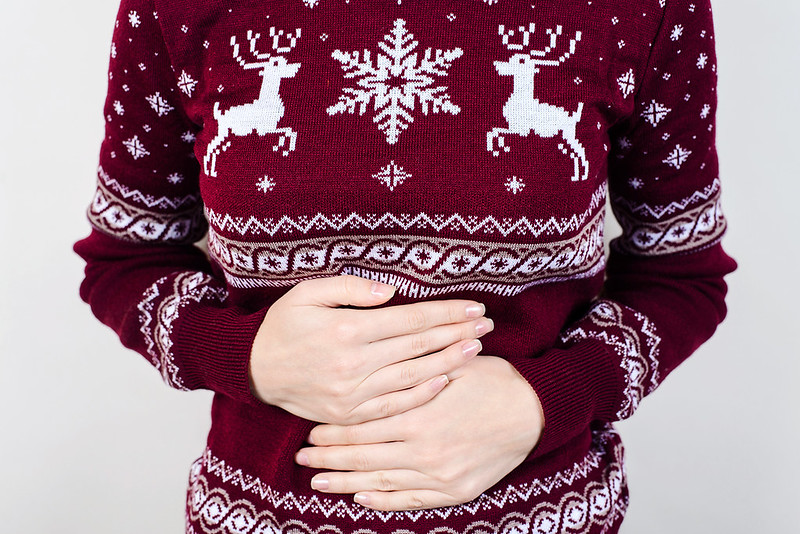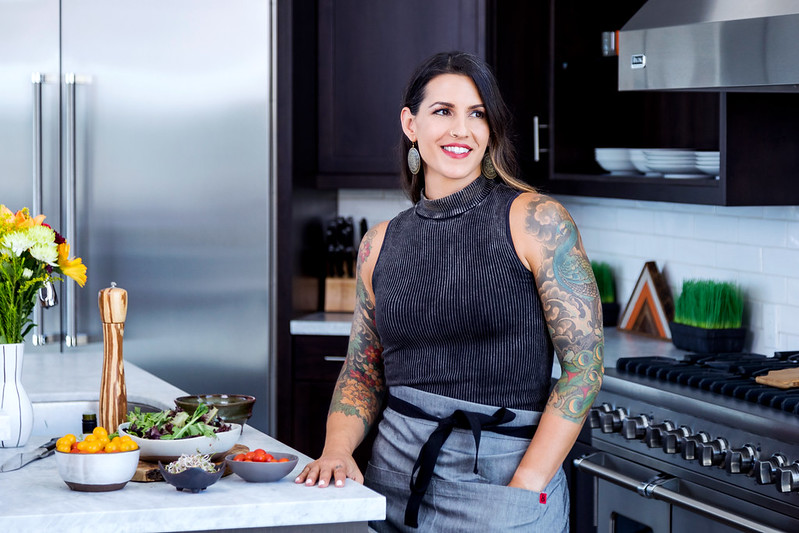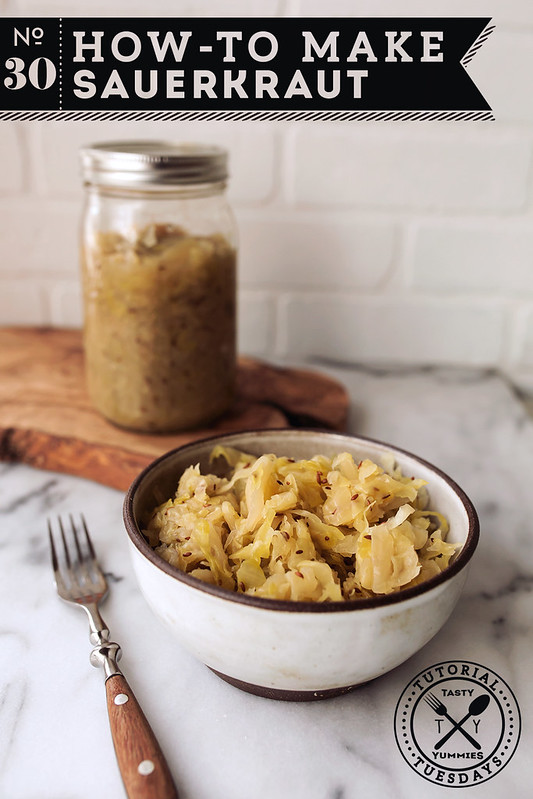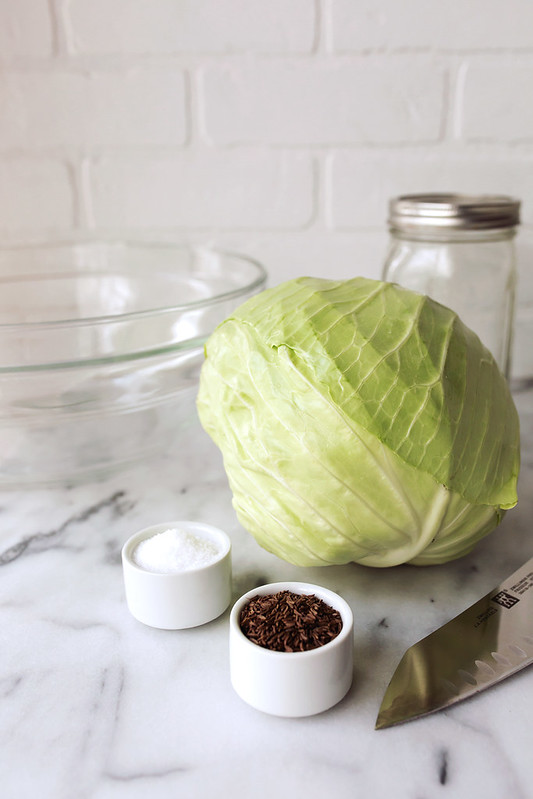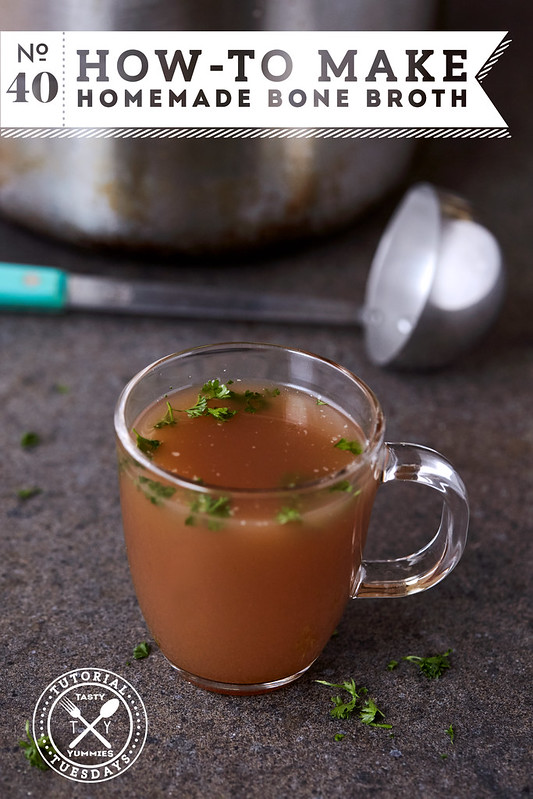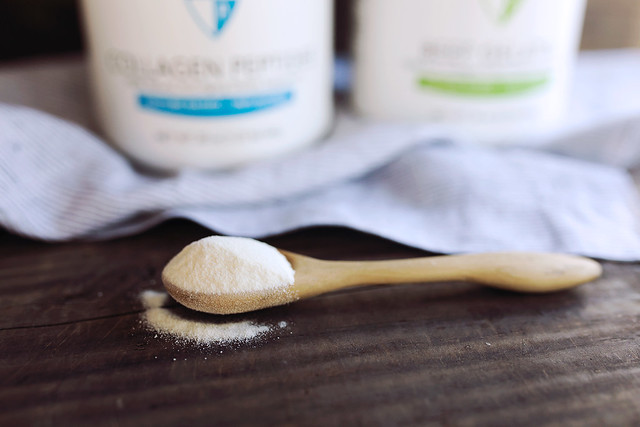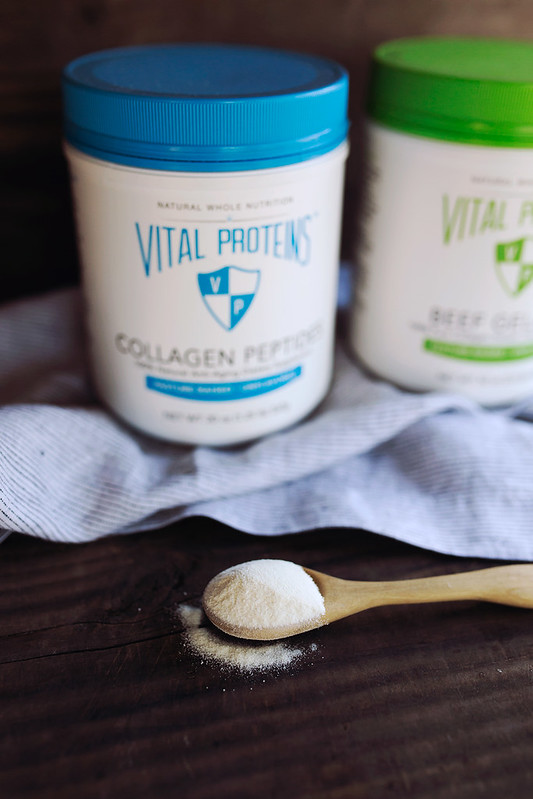-
The Benefits of Probiotics and How To Choose
The Benefits of Probiotics and How To Choose – When it comes to gut health, probiotics will forever be a hot topic, and with good reason. The right probiotics can help to nourish and support your gut bacteria.* The word probiotic actually means “for life” because these live microbial organisms provide both physical and mental health benefits, and experts have well researched the direct and indirect effects on the physiology of the body.
This post and video are sponsored by MegaFood®
Why a Healthy Gut Matters.
A healthy gut is paramount to a healthy body.* Our health begins in the gut! A large majority of the important cells, responsible for the regulation and efficacy of our immune system can be found in our gut 1https://www.ncbi.nlm.nih.gov/pmc/articles/PMC2515351/ (some research estimates between possibly as much 60 and 80% of our immune cells can be found there)2https://www.physiology.org/doi/full/10.1152/ajpgi.1999.277.5.G922. Additionally, many of the chemicals responsible for regulating moods, neurotransmitters such as serotonin, are actually made in our gut 3https://www.ncbi.nlm.nih.gov/pmc/articles/PMC5772764/. Some estimate that as much as 90% of the body’s serotonin, which influences both mood and GI activity, is produced by the gut bacteria in the digestive tract. From a properly functioning digestive system to maintaining a strong immune system and well functioning brain – our gut is the foundation of our vitality.*
Not only is it important to ensure our digestion is functioning properly so we can feel our very best, but healthy digestive function is also crucial as it allows us to be able to absorb and utilize all the amazing nutrients we consume in our nutrient-dense, whole foods focused diet.
Poor eating habits, stress, and antibiotic use can all throw off the balance of our gut microbiome. When you experience occasional digestive issues like gas, bloating, diarrhea, or constipation, you may need some extra digestive health support. To maintain optimal gut health, we want to strive for a symbiotic GI tract full of beneficial bacteria.
The Benefits of Probiotics // How Probiotics Can Help
When you take probiotics you are re-introducing good bacteria to your gut environment by populating your GI tract with as much of the beneficial stuff as possible. Studies have shown that probiotics may prevent adhesion and interaction of unwanted bacteria with our gut epithelial cells.* 4Gerritsen, J. et al., Intestinal microbiota in human health and disease: the impact of probiotics, Genes Nutr. 2011 August; 6(3): 209–240 Some research has also shown that administration of probiotics can have a direct effect on the tight junctions between enterocytes in the gut—resulting in decreased intestinal permeability 5Corridoni D, et al., Probiotic bacteria regulate intestinal epithelial permeability in experimental ileitis by a TNF-dependent mechanism, PLoS One. 2012;7(7):e42067. These are just some of the ways probiotics may help to restore gut health.*
Probiotics are present in unpasteurized fermented foods but you can also ingest them through supplementation. So how can we be sure which is the right method, how much and how often we should take probiotics and why should we want to?
One very important thing to note here is that for probiotics to do their job effectively, you must have optimal conditions for “good” bacteria to live and flourish. This starts with nourishing your microbiome with nutrient-dense real food and eliminating foods (temporarily or permanently) that can cause inflammation and microbiome imbalance.
References
1. ↑ https://www.ncbi.nlm.nih.gov/pmc/articles/PMC2515351/ 2. ↑ https://www.physiology.org/doi/full/10.1152/ajpgi.1999.277.5.G922 3. ↑ https://www.ncbi.nlm.nih.gov/pmc/articles/PMC5772764/ 4. ↑ Gerritsen, J. et al., Intestinal microbiota in human health and disease: the impact of probiotics, Genes Nutr. 2011 August; 6(3): 209–240 5. ↑ Corridoni D, et al., Probiotic bacteria regulate intestinal epithelial permeability in experimental ileitis by a TNF-dependent mechanism, PLoS One. 2012;7(7):e42067 -
Restore Your Gut Health // The Four Rs of Gut Healing.
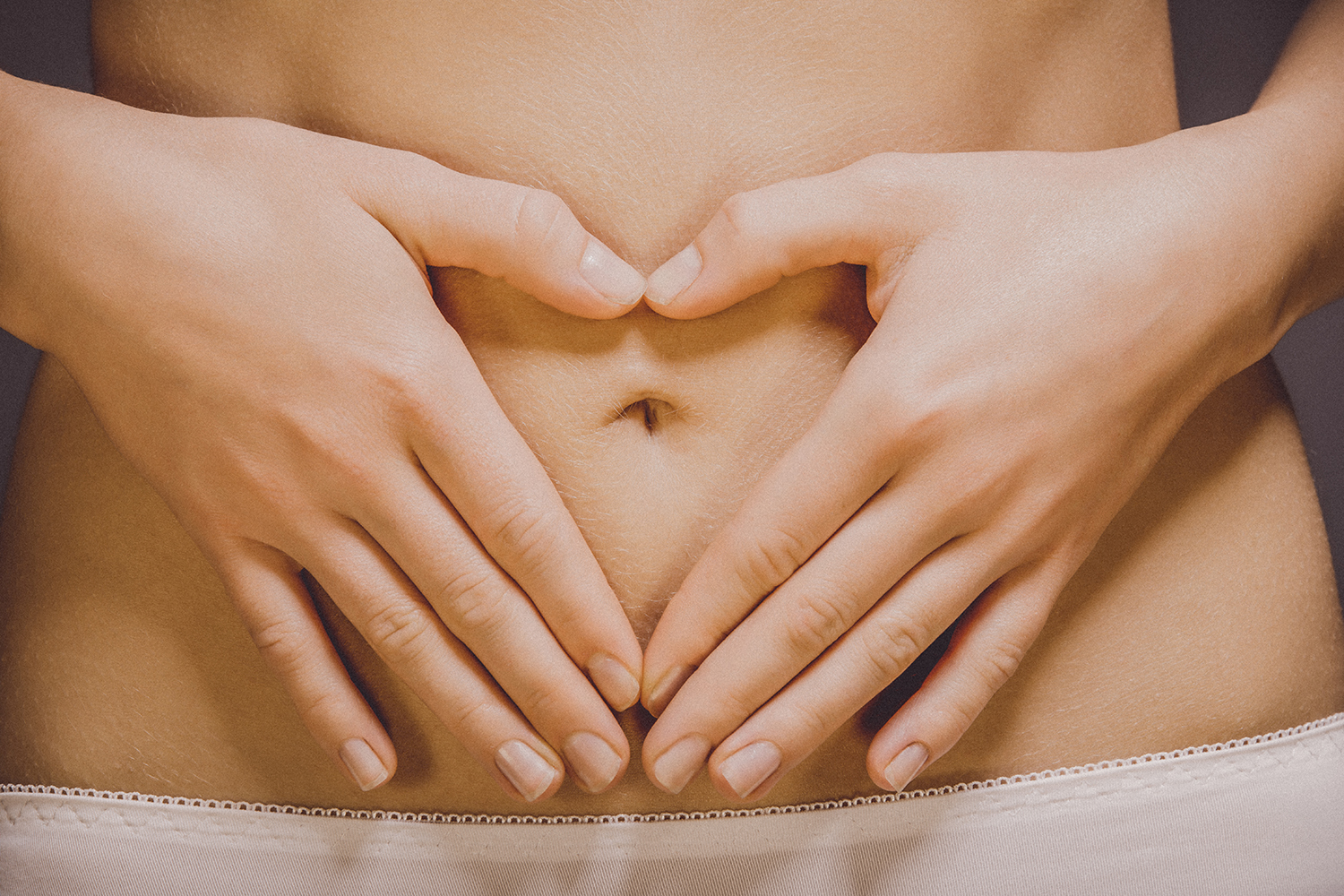
Restore Your Gut Health with the Four Rs of Gut Healing
Our health begins in the gut! It is estimated that as much as 80% of our immune system is located in our gut and that over 90% of the chemicals responsible for regulating moods, neurotransmitters such as serotonin and dopamine, are made in our gut. Not only is it important to be sure our digestion is functioning properly so we can feel our very best, but healthy digestive function is also crucial to being able to absorb, assimilate and use the nutrients we consume daily in our healthy, whole foods diet.
If you are suffering from digestive discomfort like bloating and gas, stomach aches, indigestion or acid reflux, nausea, chronic diarrhea or constipation – I can assume you are well aware that those are symptoms of an imbalanced gut. But, did you know that seasonal allergies, sinus congestion, a compromised immune system (and yes, autoimmune disease), fatigue, mood imbalances, hormone imbalances, bad breath, weight gain, acne, metabolic dysfunction – these too can all be signs of gut dysbiosis.
Gut impermeability, gut inflammation and other digestive dysfunction symptoms may be displayed in your gut but their effects are systemic and can affect the whole body. The gut is the core of our health and it is essential to have a healthy gut in order to have a healthy body. Gut dysbiosis can be caused by a myriad of things, from chronic antibiotic use, an unhealthy, imbalanced diet that lacks nutrients or contains harmful substances, alcohol abuse, illness, chronic high stress levels, medications and other lifestyle issues.
-
9 Tips for Good Gut Health During the Holidays
This blog is sponsored by MegaFood®. All thoughts and opinions are my own.
9 Tips for Good Gut Health During the Holidays
The holidays are a busy, busy time full of hustle, bustle and go go go. It’s also a time where we are certainly exposed to foods that are a bit more rich and indulgent than our usual fare. Our gut is often at the receiving end of the worst discomfort. For some of us it may be accidental exposure to gluten or maybe a bit more sugar than the rest of the year, or even a couple of cocktails – it happens! This time of year can feel particularly challenging to our vitality due to the added stress, travel and lack of sleep. All of this combined can be a bit rough on our bodies and particularly our digestion.
For many of us, especially those of us that struggle with autoimmune disease and other health imbalances, it certainly doesn’t take much for the symptoms to arise. Rather than managing the consequences and putting band aids on the list of resulting symptoms, I want to offer you some of my go-to tips for supporting your gut during the holidays to avoid the discomfort and so you can feel your very best and enjoy this magical time of year!!
A Healthy Gut is a Healthy Body*
We all know by now that a healthy gut is paramount to a healthy body.* From a properly functioning digestive system to a strong immune system and well functioning brain – our gut is foundational to our vitality*. During the holidays, there are many things you can do to protect your gut and support your health.*
-
How I Treat a Gut Flare Up / My Gut Healing Go-tos
A few weeks back I was in the thick of a pretty annoying gut flare up. Bloating, gas and excruciating stomach aches with nearly every meal, the whole nine! For those of you that follow me there, I shared a bit on Instagram about what I was dealing with and also used this as an opportunity to remind you that even us “experts”, the nutritionists, health coaches and others working to help people in their health journeys – we aren’t immune to these kinds of set backs.
With the amount of questions and interest those posts created, I pulled together an email and sent it out to the Tasty Yummies list, sharing my personal gut healing approaches when I deal with an acute gut flare up. Because it was so well received and many of you mentioned how helpful this information was for you, I wanted to compile it into a permanent post here on the website, that would be much easier for you to reference, whenever you need it.
Healing Isn’t Linear and It’s Often Not Pretty.
Before we get into my personal gut-healing tips, I want to remind you that that your health and your wellness is not a linear journey, it’s not black and white and often it’s not too pretty, either. Healthy isn’t a destination! It isn’t a level you achieve, a peak you reach, that you only ever move forward and onward from. Things happen and this journey is ever-evolving. But, something tells me, many of you already know that.
Unfortunately, the set backs and the flare-ups happen, this is all part of the journey and for many of us, especially those of us who struggle with autoimmune issues, oftentimes it feels somewhat inevitable. But, I also try to stop in these moments and remind myself this is why I have worked so, so hard to prioritize my health, to listen to my body and to continuously educate myself – because as these setbacks emerge, I am now armed with an arsenal of tools to go into battle with and I find I bounce back far quicker than I ever have before.
In the event that you missed the conversation in my Instagram stories that week (you can catch a pulled together replay version of it here) – in a nutshell I was speaking about exactly all of this, so I won’t repeat myself too much. The feedback from you all was beyond amazing, though and hearing your own personal stories and struggles, it truly touched me! So thank you – for showing up, for sharing and being vulnerable in return.
As you may have seen in those stories, I mentioned that at the time, I was personally in the middle of a gut flare up, nothing crazy major, not a full on autoimmune crisis – but my gut was pretty dang angry. Could have been related to the episode where I got “food poisoning” in Mexico back in April or it could be a response to new supplements I had introduced or a reaction to a new food. Not too sure the cause or origin of the flare up, but, what I do know is that I have the knowledge and I am empowered to take control and implement the various gut soothing and healing approaches, to calm these flare ups as they happen.
And as a reminder to all of you, even those of us that are “wellness experts”, nutritionists, health coaches, etc, it can happen for us, too. We aren’t immune nor are we perfect – we don’t have it all 100% fully figured out, either.
Customized Wellness. Personalized Nutrition.
You’ll notice, I am not selling or sharing any of this as a protocol, a diet or a reset. Some of this looks like the autoimmune protocol, other parts look like a low-FODMAP or the SCD approach, some reminiscent of GAPS. This is because with WELL over 13 years of gut-healing under my belt, with experimenting, experiencing, trial and error – I now have a bit of a personalized gut healing tool kit that is customized just for me. This is why I am SO BIG on this idea of honoring your individuality, because there is NO ONE catch-all remedy for everyone and anyone that tries to tell you or sell you otherwise – is lying to you. Especially when it comes to the gut, my gosh there are a slew of factors to consider when it comes to gut health.
That said, below is some of what works for me, for gut healing and soothing. I share not because I believe if you are struggling that you should do exactly this and you will find relief, but more I want to inspire you to feel in control, in charge and to feel open to experimenting with your own approaches, so you too can create your own tool belt that you can use whenever necessary.
-
How I Healed My Skin and My Safer Skin Care Routine
How I Healed My Skin and My Safer Skin Care Routine
Throughout high school, much of college and to be fully honest, well into my late 20’s and early 30’s, I always struggled with my skin. Chronic hormonal acne, cystic acne, zit beards, backne (if you don’t know, this is short for back acne and it’s totally fun), unexplained breakouts that weren’t exactly pimples and weren’t allergic rashes – ya know, all the usual suspects. I never had a full face of explosive cystic acne that would create an absolutely epic “before” photo for a blog post like this. I generally just wouldn’t allow photos to be taken of me when it was at it’s worst. But, I also cannot really recall a time that I ever had fully “clear” skin. There was always something. I got pretty good at mastering the art of coverup, I tried what seemed like every over-the-counter and prescription creams and gels, took several rounds antibiotics, absolutely terrifying pharmaceuticals (see also: Accutane), I spent money on mineral-based cosmetics and nicer brands. None of it helped.
My skin has come a very long way. These days, I am happy to share that I have super clear skin, very few, if any breakouts ever, little to no scarring or residual marks from the years acne and an even, smooth skin tone. I have skin that actually glows. I never thought I’d see the day!
A rare makeup-free selfie. No filters. No editing.
Full disclosure: Great lighting. Filled in brows and I have eyelash extensions.
No makeup on my skin, just washed and pat-dried skin with moisturizer and facial oil.I know many of you want me to tell you about the one single thing I did to clear my skin. The one magical product that helped my hormonal breakouts. The one way to get rid of cystic acne. Phew, I wish it were that easy. You guys, it’s not. It’s just not quite that simple. But, in this multi-layered approach to healing my skin, each piece is important and likely dependent on the others, but none of it is overly complicated. It’s about being informed and making choices that work for you on a foundational level, so you can be on your way to clearer, more beautiful skin! For good.
Eating a clean and balanced nutrient-sense, properly-prepared, whole foods based diet, that includes healthy fats and proteins, as well as unrefined, complex carbs and a conscious removal of refined sugars from my diet – this probably was what brought the most drastic improvements on my quest to heal my skin. Beyond that initial shift, I would say addressing my digestion on a foundational level, healing my gut and dealing with underlying dysfunction and dysbiosis, this was equally as, if not more, important to the equation. Finally, getting rid of toxic, skincare products and cosmetics, this was the last piece to the puzzle, to allow my skin to truly shine and glow, to reduce uneven skin tones, acne scars and blemish marks, dark spots and reducing the fine lines that come with age. I cannot emphasize enough that what you put ON your body is just as important as what you put IN your body.
It Starts in the Gut
Why Our Gut Affects Our Skin
When our digestive system is working properly, and our guts are in peak working condition, we give our bodies the chance to actually absorb, assimilate and utilize all of the important nutrients from the nutrient-rich, whole foods we consume. All those nutrients are distributed to different areas in our bodies, to the various systems and organs, of these important recipients is the largest organ in the body – our skin.
-
The Benefits of Collagen
By now you have probably heard from myself and other bloggers about collagen and gelatin and of course, the fanfare around bone broth, etc. Some of you may already know the many benefits of collagen, but even I didn’t know it’s full potential until earlier this year. Collagen is vital for our body and is the basic building block of skin, hair, nails, bones and joints and it plays a very important role in gut healing protocols.
Our ancestors utilized sustainable whole animal nutrition, which provided an abundant amount of collagen. Over the past century however, modern food processing has removed this natural and healthy protein from our diets.
This superfood supplement has provided much healing for me over this last year as it has become part of my daily gut healing protocol, so I am excited to share with you some of the research surrounding it. Beyond finding healing for my gut, the marked benefits in my skin, hair and nails have been the wonderful icing on the cake!
What is Collagen?
Collagen is an important structural protein that makes up one third of the protein in the body and up to 70% of the protein that makes up skin. Collagen is the basic matrix of the connective tissues, skin, cartilage and bone where it comes together to form scaffolding to provide strength and structure.
As a protein, collagen contains significant amounts of amino acids proline and glycine, which are harder to find in other protein sources and serve as a protector of your gut.
The Benefits of Collagen
